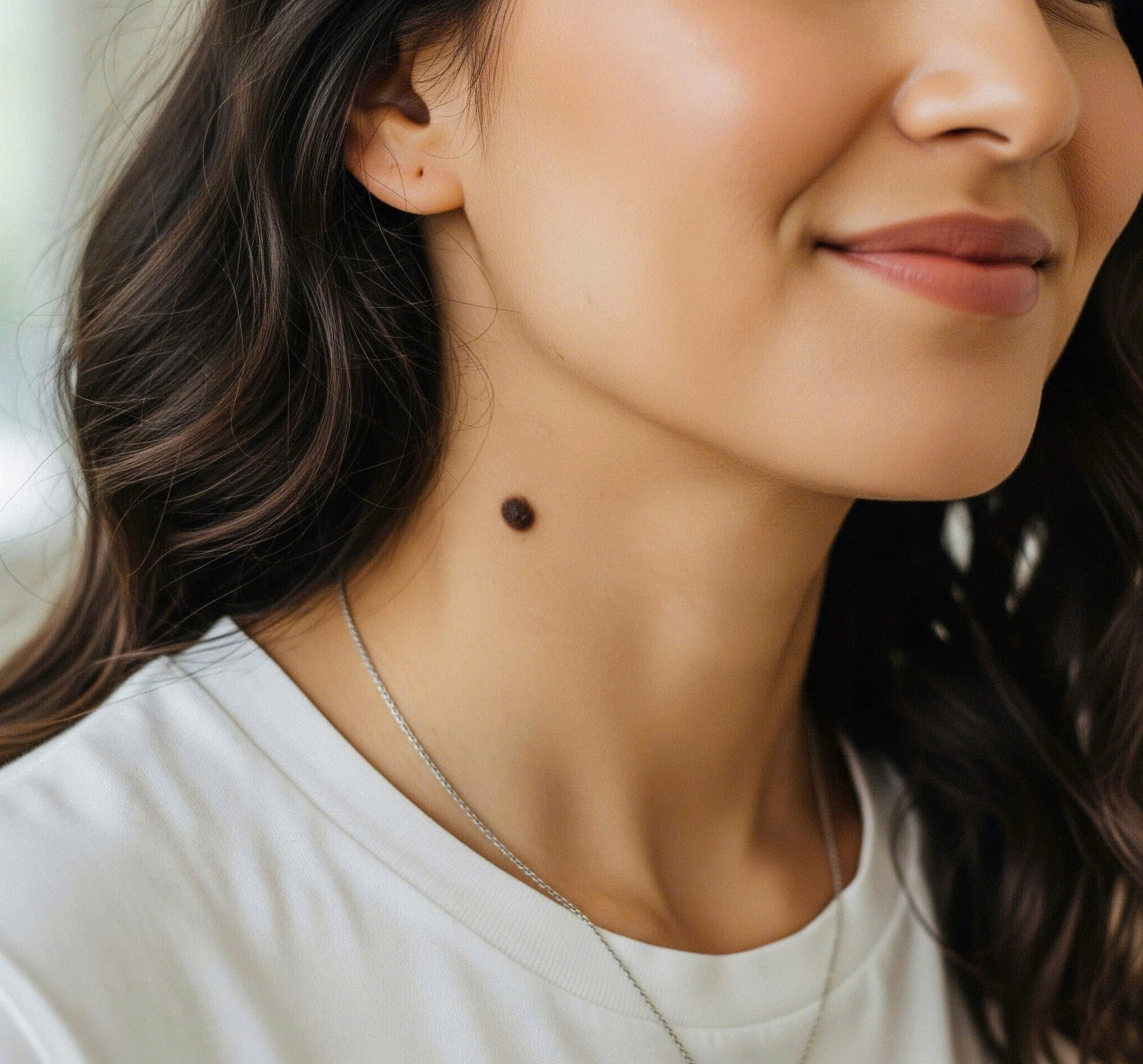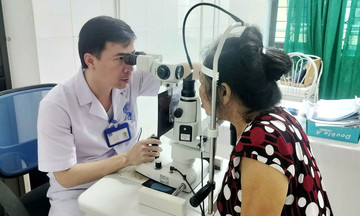Freckles and moles are two common types of skin pigmentations. Depending on individual skin tone, they can range in color from pink, red, or blue to brown or black. Despite some similarities, freckles and moles differ in their causes, shapes, and colors.
Freckles are small, flat spots on the skin caused by melanin, the pigment that gives skin its color. Sometimes, freckles may appear larger if several small spots cluster together. Their color can vary depending on skin tone, appearing as tan, brown, black, or red. Sometimes, freckles fade with age. They might even disappear during winter months when less sun exposure leads to less melanin production. There are two types of freckles: solar lentigines and ephelides.
Solar lentigines (sun spots): These freckles develop over time from sun exposure and commonly appear on areas like the face, hands, and chest.
Ephelides: These freckles usually develop in early childhood and are most common in people with fair skin and red hair. Each ephelide is less than 3 mm in diameter and they often appear in large numbers.
Freckles are not associated with any health problems. They cannot turn into moles and do not carry a risk of cancer.
Moles are skin spots that can be raised or flat, usually developing during childhood. Most adults have at least a few moles, and having 10 to 40 is normal. People with lighter skin tones tend to have more moles. Moles can increase in size and lighten or darken with age, regardless of skin tone.
Most moles are harmless, but in some cases, they can be a symptom of melanoma or non-melanoma skin cancers, such as basal cell carcinoma and squamous cell carcinoma. Certain types of moles can increase the risk of skin cancer. These include large congenital moles (present at birth), having 50 or more moles, moles with atypical shapes, domed and raised moles, and moles that are pink, red, brown, or black.
 |
Moles are often pink, red, brown, or black and rarely pose health risks. Illustration generated by AI. |
Skin cancer is treatable if detected early. The American Academy of Dermatology recommends the ABCDE rule for identifying potentially cancerous moles:
: A (Asymmetry): The two halves of the mole don't match when divided.
: B (Border): The border of a malignant mole is often irregular, blurred, or notched.
: C (Color): Normal moles have a uniform color. A mole with multiple colors or shades, such as brown, tan, or black interspersed with white, gray, red, or blue, can be a warning sign.
: D (Diameter): A mole larger than a pencil eraser (about 5-6 mm) is considered unusual, even if there are no other noticeable irregularities.
: E (Evolution): Changes in a mole's color, diameter, or height over time.
Consult a doctor if a mole or freckle appears suddenly, changes rapidly, has a very different shape from other moles, itches, or bleeds. People 30 and older with a new mole or a rapidly changing existing mole should also see a dermatologist. Annual skin cancer screenings are recommended, or more frequently for those with a high risk of skin cancer or a personal history of skin cancer.
Anh Ngoc (According to Healthline)
| Readers can submit questions about dermatology and skin aesthetics here for doctors to answer. |












